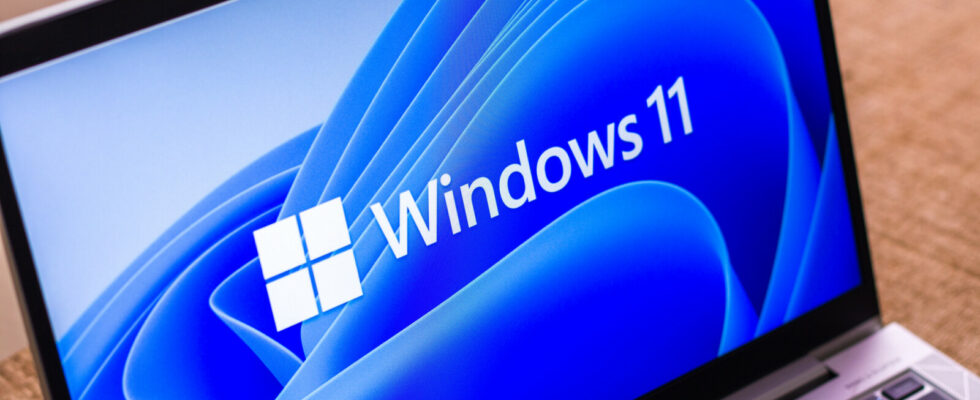If your computer’s screen remains black after a Windows update, it’s a big shock. With these tips you can get your computer or laptop working again.
If your PC gives a black screen after a Windows update, you can use these tips to help. (Source: [email protected] / depositphotos.com)
- If your computer’s screen remains black after a Windows update, this can have various causes.
- Most of the time it helps to force a restart or reset the graphics drivers.
- In rare cases, the operating system must be restored using a Windows USB.
Windows updates are a dime a dozen. Every day, users of the Microsoft operating system install updates that bring bug fixes and new features. It can happen that the computer does not install an update properly – then the screen often remains black.
This indicates a serious error, but in most cases this is not the case. We’ll show you how to solve the problem.
Restart again or reset graphics driver
It doesn’t happen too often that the computer just outputs a black screen after a Windows update. In such a case, the cause is often quite simple – the update file may not have been completely downloaded or installed at some point, meaning that part of the operating system cannot start properly. A simple, forced restart of the computer often helps here.
To do this, press and hold the power button for up to 30 seconds until the device turns off completely. Then turn it back on and check whether an image is displayed. Also removes all unnecessary USB connected devices such as USB sticks. In the best case scenario, these two steps have already had the desired effect.
If not, you can try resetting the graphics drivers immediately afterwards. You can do this by using the Keyboard shortcut Windows key + Ctrl + Shift + B for a few seconds.
For deeper problems: repair mode or reinstall
After these three steps, the problems should be resolved in the vast majority of cases. If this is not the case for you, there may actually be a defect in the operating system. Then your only way out is to repair it using repair mode or reinstall the system. For both options you need a USB stick that has been made bootable with the Windows Media Creation Tool or another program.
Insert the USB stick into a USB port on your computer and open the boot menu or BIOS. How exactly this works depends on the manufacturer and model – it’s best to read the instructions. Then select the stick as boot media, boot the Windows operating system installed on it and open the computer repair options in the menu that opens.
Under “Advanced Options” you can use the startup aid to fix problems when starting up the PC or to completely restart the computer. As always, however, if you have no experience with such processes, always get help from experts so as not to lose any data!
- ” Tip: The best VPN providers for more security and data protection
- » Buy balcony power plant: Comparison of the best solar systems
Don’t miss anything with this NETWORK WORLDNewsletter
Every Friday: The most informative and entertaining summary from the world of technology!
